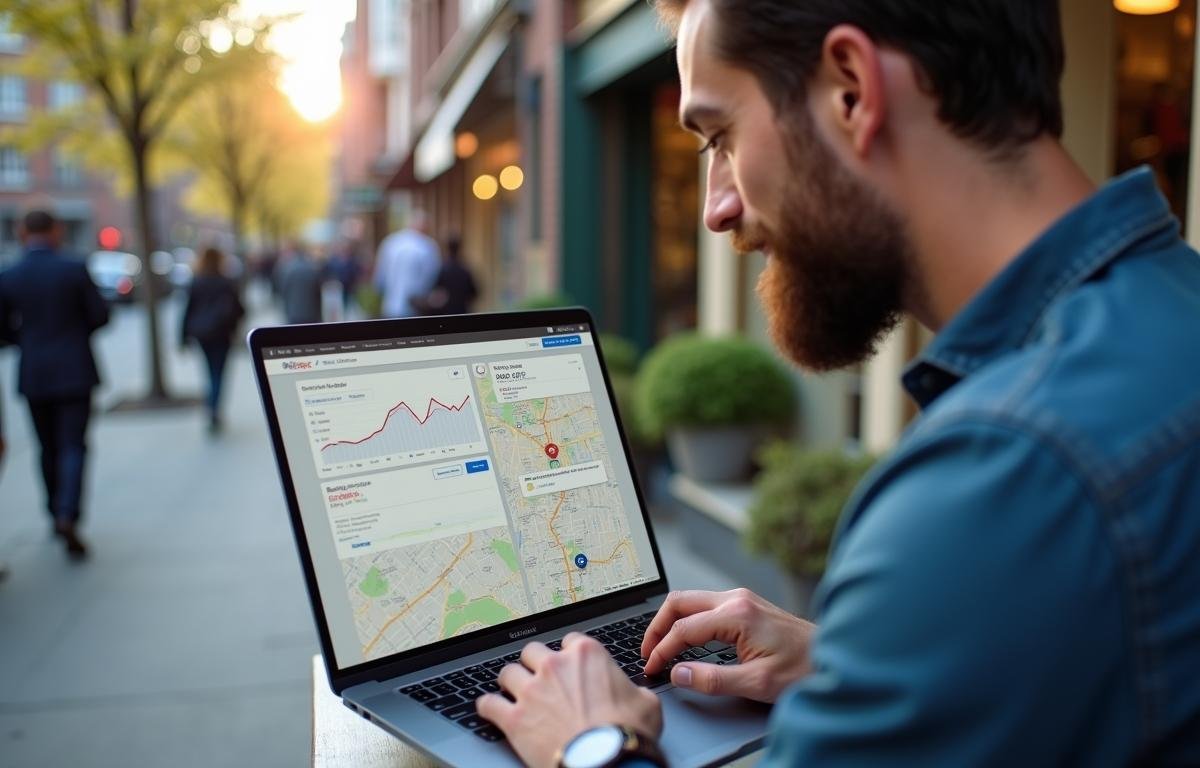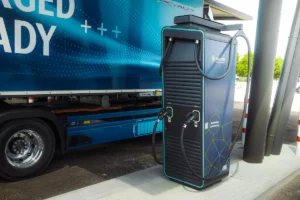For small businesses, choosing between local SEO and paid ads impacts online visibility. Many small businesses wonder whether they should channel their budget toward local search optimization or invest in paid ads, and it’s a decision with plenty of moving parts.
Contents
Local Search Optimization vs. Paid Ads: Which Approach Suits You Best?
Some small businesses thrive on immediate traffic. If you need to build awareness fast, paid ads on platforms like Google and social media can deliver a quick influx of leads. However, search engine users who see you ranking in the local pack might see your brand as more credible. Getting into that map pack ranking requires a careful look at your site’s structure, NAP consistency, and overall local search results.
Paid ads can be a sure-shot method to appear on top, but they stop driving traffic the moment your budget runs out. By focusing on local citations, local backlinks, and location-based marketing, your business can earn ongoing visibility that won’t vanish when ad dollars dry up. Each route has its perks, but identifying your long-term goals will help you narrow down the best path.
Boosting Visibility with On-Page SEO for Local
Optimizing your website is the cornerstone of sustainable growth. On-page SEO for local means weaving geo-targeted keywords naturally into your content, making it easy for search engines to spot your relevance in a particular region. For many visitors, your homepage or main services page is the first impression, so they should shine with location-specific content that addresses community needs.
Schema markup for local can also give search engines more details about your business, from operating hours to product details and beyond. Meanwhile, voice search optimization is essential, now that people often speak queries like “Where’s the best pizza place near me?” or “Auto repair shop near me searches.” Keep paragraphs concise, use headings that mention unique services, and ensure your mobile optimization meets modern demands. This blend of strategies signals to Google and potential customers that your website is the real deal.
The Power of Hyperlocal SEO
Once you’ve nailed the basics, consider diving into hyperlocal SEO. You’ll target customers within tightly defined neighborhoods, especially useful for brick-and-mortar shops who rely on foot traffic. Infusing your site with hyperlocal keywords, combined with local link building and ongoing online reviews management, can strengthen your grip on nearby searchers who are ready to buy. The more precise you are with your local keyword research, the higher your chances of appearing in those “near me” queries.
How Google My Business Helps You Shine
Setting up and optimizing your Google My Business listing is an absolute must. By ensuring your NAP consistency name, address, and phone number you help Google verify your legitimacy. Double-check the details across local business directories and local business listings so that you don’t confuse the search engines or your potential customers. A local SEO audit can help pinpoint any mismatches that might hurt your credibility.
Customer reviews on your Google My Business page can make or break a user’s decision to click through. Engage in active review management: respond to both compliments and complaints politely and promptly. This fosters trust and can even improve proximity-based ranking in the local pack. Think of your listing as a mini-website that needs fresh images, updated hours, and clear categories so you stand out in crowded local SERPs.
Building Local Citations and Local Link Building
Local citations provide references to your business around the web, boosting your domain authority and overall local search engine optimization. When potential customers scour local directories or simply browse a local blog they’ll spot your name, address, and phone number, reinforcing brand awareness. Local link building strategies, such as partnering with nearby organizations or sponsoring local events, can similarly strengthen your website’s backlink profile. This sets the stage for better map pack ranking, more brand trust, and consistent site traffic over time.
When Paid Ads Can Expand Your Reach
Some small businesses prefer immediate results, particularly if they operate in highly competitive niches. Paid ads on Google or social platforms shine here. With the right budget and targeting, you can dominate prime online real estate and catch the attention of potential clients fast. Campaigns can be tailored with geo-targeted keywords, so your ads only show up to users in your ideal market.
Paid advertising also offers robust tracking capabilities, letting you see exactly how many clicks, conversions, or phone calls come from each campaign. This clarity can help you fine-tune your spend based on what yields the best return. However, if you halt payments, your ads vanish, which differs from the lasting effects of local content strategy or local business directories. That’s why many small businesses try to strike a healthy balance between paid and organic methods.
What About Location-Based Marketing?
Location-based marketing allows you to send promotions directly to customers based on where they’re physically located. This could work in tandem with your search strategies or stand alone in your overall marketing plan. Imagine someone walking near your storefront, and they suddenly see an ad pop up on their phone offering a special discount for the next hour. Such tactics can be powerful for driving foot traffic, though they often involve a learning curve and a bigger budget.
Balancing Both for Sustainable Growth
Many entrepreneurs ask whether it’s better to split resources between local SEO tools and paid ads. The reality is that each strategy has its place, and combining them can yield strong results. If you’re a new business, a few well-managed paid ads can keep your phone ringing while you work on local search engine optimization in the background.
Over time, your focus might shift more to organic local SEO, given its cost-effectiveness. Once your Google Maps optimization starts working, your brand appears in local pack listings, and your near me searches bring in warm leads, you might not need to run as many ads. By maintaining some budget for paid campaigns, you can still remain flexible and jump on sudden market opportunities or seasonal trends.
Measuring Success Through Competitor Analysis for Local SEO
Always keep an eye on how your rivals rank. Conduct routine competitor analysis local SEO tactics to see which geo-targeted keywords they consistently target, how they build local backlinks, or which local citations they snag. It offers clues for improving your own strategy. If a competitor gains traction by targeting a specific neighborhood or using a unique angle in their local content strategy, evaluate if that approach can work for you.
Finding Your Sweet Spot
Local SEO sets you up for long-haul success, although it may take weeks or months to see tangible gains. Paid ads provide near-instant visibility but drain your budget if not optimized properly. For many small businesses, the best approach involves weaving thoughtfully targeted campaigns with a robust foundation of local SEO.
By focusing on aspects like schema markup for local, voice search optimization, and local link building, you’ll build authority that’s hard to replicate overnight. Simultaneously, strategic paid ads can amplify your brand when you need an immediate boost. Deciding how much to invest in each depends on your goals, industry, and available resources.
Keep Reassessing
Digital marketing evolves quickly, so revisit your strategy and metrics often. Conduct periodic local SEO audits, check your local SERP rankings, and measure how successful any paid campaign has been. Make sure your NAP consistency remains intact, your review management stays on track, and your location-specific content stays fresh. If your ads are no longer delivering a strong ROI, pivot your budget or tweak your ads. If your local citations or online reviews are fading in relevance, refresh those listings or ask loyal customers to leave new feedback.
One way or another, your small business deserves visibility that converts casual online visitors into loyal customers. Tweaking tactics over time, whether it’s optimizing your Google My Business listing or refining paid ad targeting, ensures you play the long game while still enjoying periodic spikes in traffic. Above all, give yourself the flexibility to experiment, measure, and refine. That’s the simplest path to claiming your own slice of the local market and making every marketing dollar work for you.



